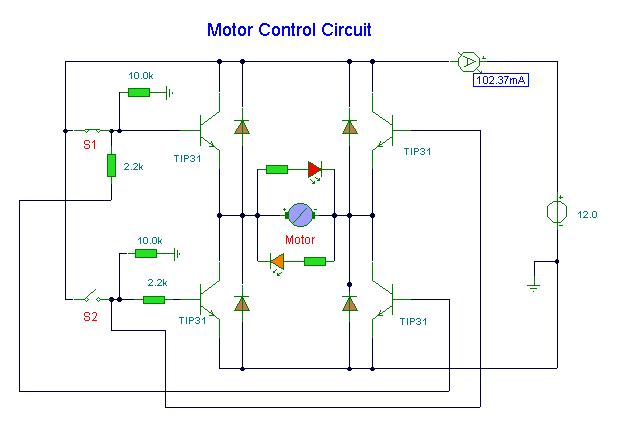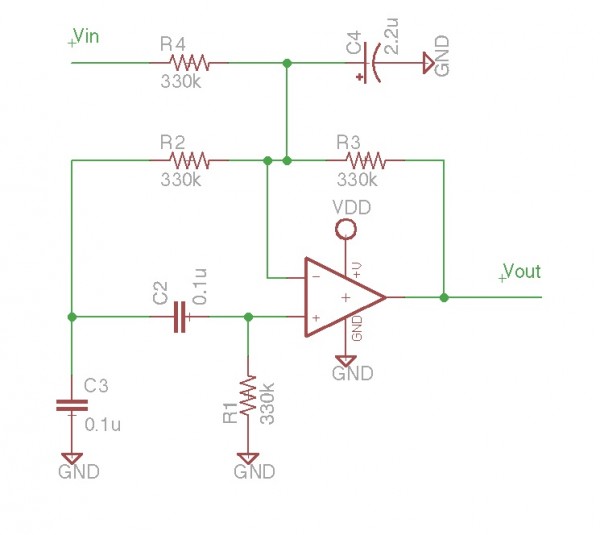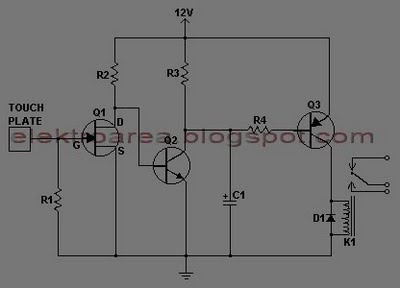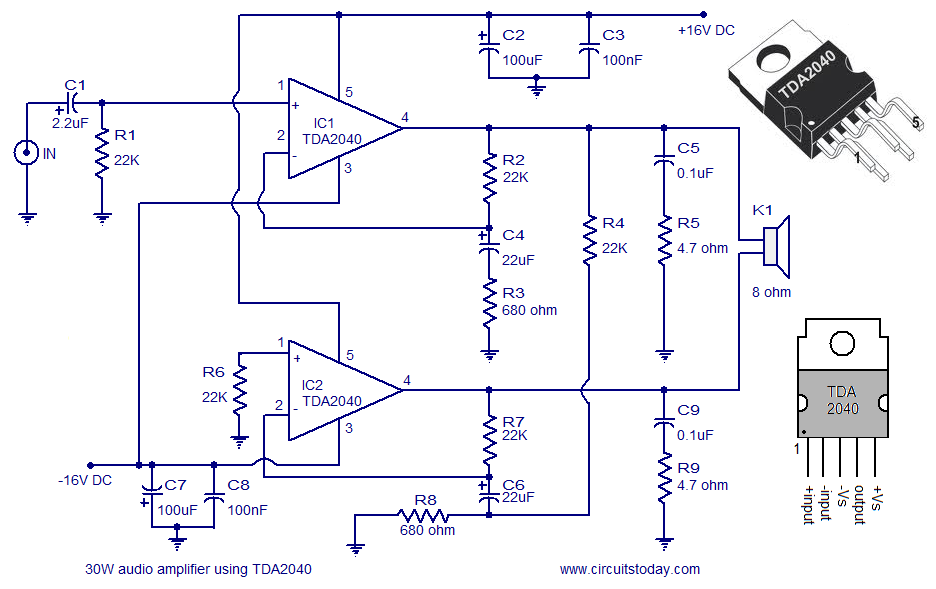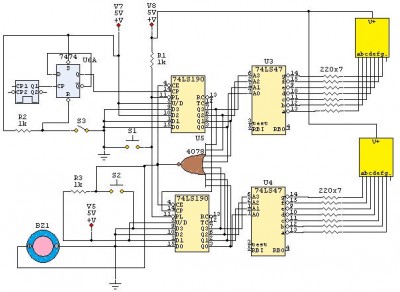
Power LED Driver Circuit
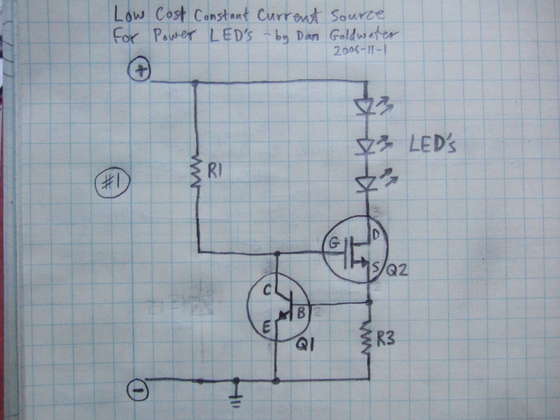
Here is a simple and cost-effective Power LED driver circuit.
This power LED driver circuit is designed to efficiently drive high-power LEDs with a stable output. The circuit typically consists of a few key components: a power supply, a current regulator, and the LED itself.
The power supply provides the necessary voltage and current for the operation of the circuit. It is important to select a power supply that can deliver sufficient current while maintaining a stable output voltage. A common choice for such applications is a DC power supply with a voltage rating that matches the forward voltage of the LED.
The current regulator is a crucial component that ensures the LED operates within its specified current limits. This can be implemented using a linear regulator or a switching regulator, depending on the efficiency requirements of the application. For linear regulation, a transistor can be used in conjunction with a resistor to set the desired current level. In contrast, a switching regulator can offer higher efficiency and is particularly advantageous for battery-powered applications.
The LED itself should be selected based on the desired brightness and color. High-power LEDs typically require careful thermal management, so the circuit may also include a heat sink to dissipate excess heat generated during operation.
In summary, this power LED driver circuit is a fundamental design that combines a power supply, current regulation, and thermal management to effectively drive high-power LEDs, ensuring optimal performance and longevity.Here`s a really simple and inexpensive Power LED driver circuit. 🔗 External reference
This power LED driver circuit is designed to efficiently drive high-power LEDs with a stable output. The circuit typically consists of a few key components: a power supply, a current regulator, and the LED itself.
The power supply provides the necessary voltage and current for the operation of the circuit. It is important to select a power supply that can deliver sufficient current while maintaining a stable output voltage. A common choice for such applications is a DC power supply with a voltage rating that matches the forward voltage of the LED.
The current regulator is a crucial component that ensures the LED operates within its specified current limits. This can be implemented using a linear regulator or a switching regulator, depending on the efficiency requirements of the application. For linear regulation, a transistor can be used in conjunction with a resistor to set the desired current level. In contrast, a switching regulator can offer higher efficiency and is particularly advantageous for battery-powered applications.
The LED itself should be selected based on the desired brightness and color. High-power LEDs typically require careful thermal management, so the circuit may also include a heat sink to dissipate excess heat generated during operation.
In summary, this power LED driver circuit is a fundamental design that combines a power supply, current regulation, and thermal management to effectively drive high-power LEDs, ensuring optimal performance and longevity.Here`s a really simple and inexpensive Power LED driver circuit. 🔗 External reference
